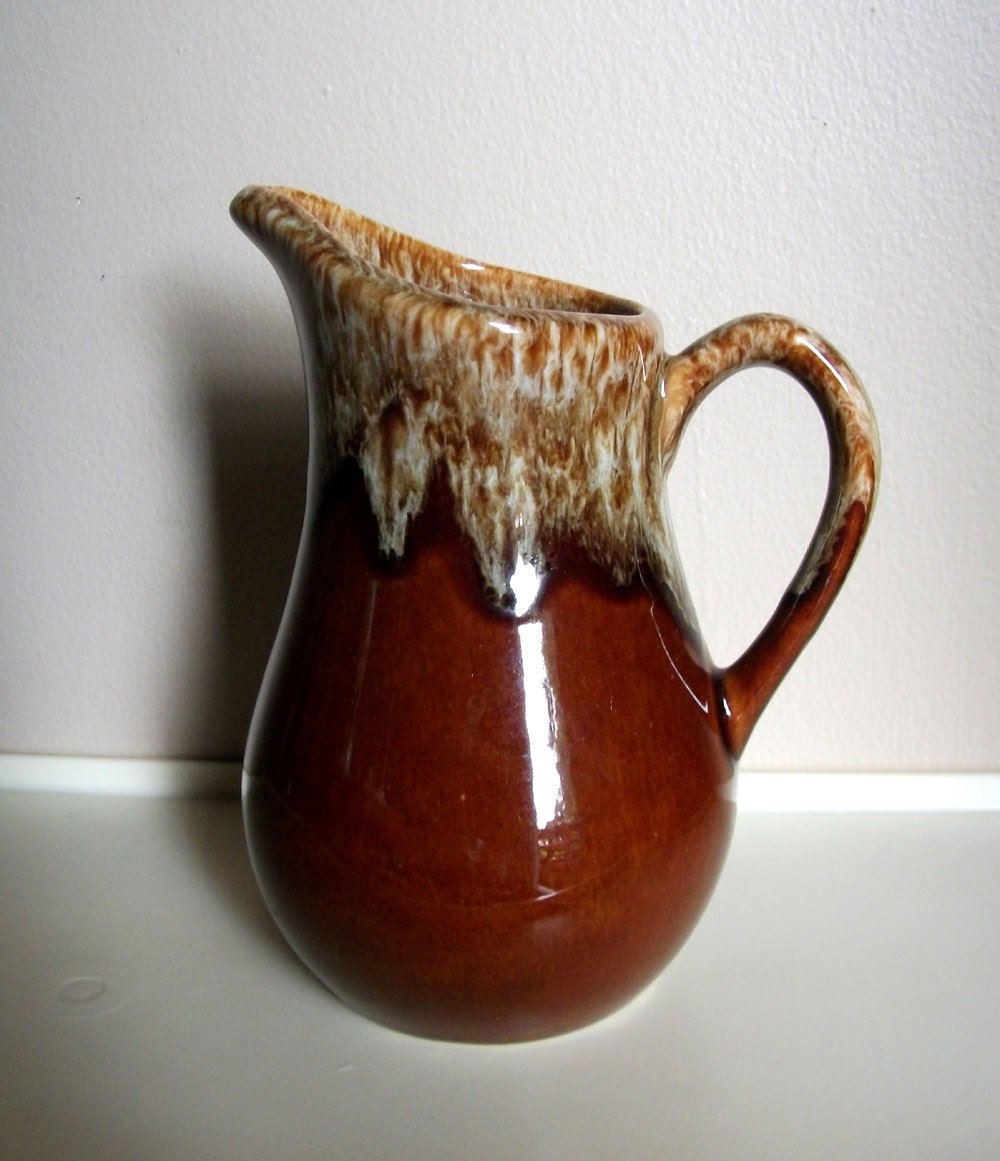
This technique leaves a lot of inequality in the application of layers, which is why most people who make ceramic dishes prefer to glaze ceramics by the technique of dipping them into the glazed layer.

It can be a slightly more demanding technique to master if you are a beginner, as it requires you to be precise and detailed. What does brush glazing mean? It is a technique of glazing clay and ceramics that allows you more layers of slack coating, leaving room for creativity and versatility in expression. Therefore, let your imagination run wild when you use alternative ways of glazing ceramics for makeup boxes, coasters, or trays… How to Glaze Pottery with a Brush? There are, however, some limitations with glazing alternatives for ceramics: they should not be used for serving food or drinks, nor for vases that hold flowers. Wooden crayons, watercolors, or tempera.Metal powder and paste for polishing shoes, for the effect of metallic finishes.You can use cold glazes, which do not rely on baking: In case you do not have access to ovens that bake at high temperatures, you can always decorate your ceramics with alternative methods. When the oven heats up, the glazing layer melts, while it cools, it shrinks. If you are able to use an oven for baking clay, you know that it is baked at high temperatures of 1832F (1000 C) so that the coating melts and gets a glassy appearance. You can use an alternative way of baking clay, which includes standard ovens for baking clay and ceramics.You can use a small oven (kiln) for home conditions, which is intended for everyone who likes to make ceramics as a hobby.You can decorate your ceramics with alternatives similar to glazing ceramics.If you are at the beginning of this journey and have not previously glazed ceramics at home, you will be satisfied if we write to you that it is possible! Not just in one, but in at least three ways: This way, your ceramics will be more resistant, beautiful, and long-lasting to use. What we can guarantee you, in this post, you will find tips on how to achieve a thick drip glazed look.


If you managed to find the title of this text, we must congratulate you – you have progressed from a beginner who works with clay, to a real professional who manages to master all the techniques of beautifying the ceramics that you have made.


 0 kommentar(er)
0 kommentar(er)
